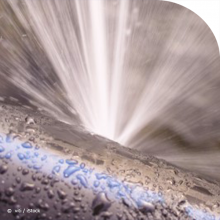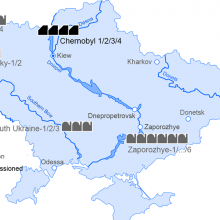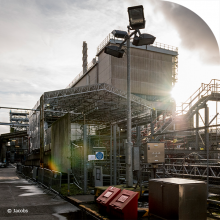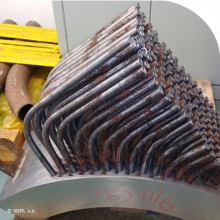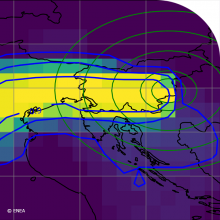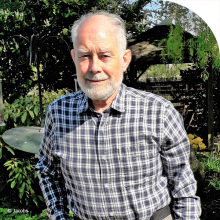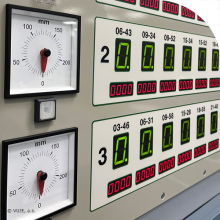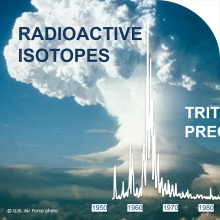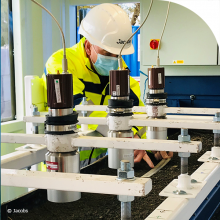News from ETSON and its members*
Steam generator tubes in pressurised water reactors are exposed to high stresses such as high temperatures or large pressure differences. In combination with possible corrosive effects due to deposits in the outer area of the tubes, these stresses can at worst lead to leakages, which in turn could have an influence on operational safety. A team of researchers from GRS and the Materials Testing Institute of the University of Stuttgart has therefore conducted in-depth investigations into such leakages with the support of the Federal Ministry for the Environment and the Federal Ministry of Economic Affairs. The scientists have now developed a flow model with which the leakage rate of the escaping medium can be determined even more precisely than previously possible.
During the last weeks, I have observed the status of nuclear safety in Ukraine with regard to the Russian Federation’s continued attacks against Ukraine with great concern. I specifically reviewed the nuclear safety implications of the attacks against nuclear installations in Ukraine, which I strongly condemn.
Concerning the situation in the Ukraine, some members of ETSON have published notes and reports.
The UK Nuclear Decommissioning Authority (NDA) believes that digital transformation is the future of its asset management. It aims to deliver savings of up £150m per annum through efficient data and information management.
VUJE in a consortium with other partners is implementing the Project: “D4.2 Dismantling of Reactor Coolant System Large Components” being a crucial part of V1 Nuclear Power Plant (two units with VVER– 440 reactors located in Jaslovské Bohunice site in Slovakia). In Cooperation with the company JAVYS, a material archive and a related database including all relevant information to specific material parts is created in order to LTO support of the operated units.
Ensemble weather forecasts can be very useful in properly predicting the dispersion of radioactive material in an accident, but they are very expensive to use. We present a surrogate model approach that aims at recovering the information from the whole ensemble while trying to still be fast enough to be used in emergency situations.
Richard Brierley's understanding of the intricacies of corrosion has played its part in ensuring safe operation of the UK's nuclear power stations
New FSS NPP V2 Jaslovské Bohunice is constructed by company VUJE and will be delivered to Slovenské elektrárne in beginning of 2022. After 12 months from beginning of works the new FSS is currently assembled in FSS room. The FAT and SAT tests has to start after finishing of assembly and after a final approval by Slovak regulatory authority ÚJD SR with preliminary date of start of operation in May 2022.
Analyzing the concentrations of tritium in groundwater it is possible to trace the age of the aquifer and / or define if the aquifer is polluted by anthropogenic activities
Worries about radioactive contamination will soon be a thing of the past for a coastal community where aircraft components containing radium were disposed of after the second world war
Pagination
Stay informed - subscribe to our newsletter.
Copyright · All rights reserved












